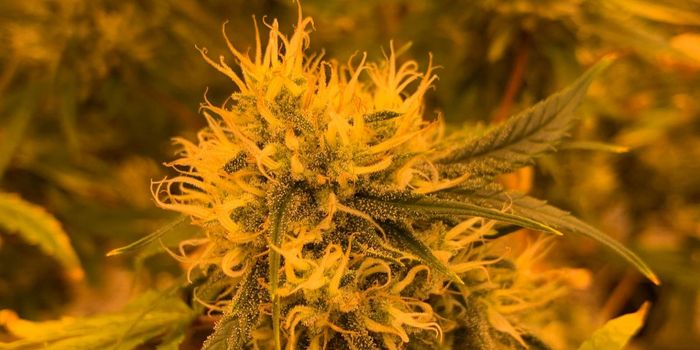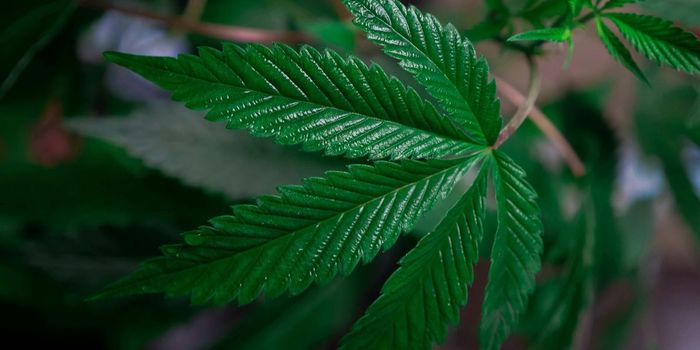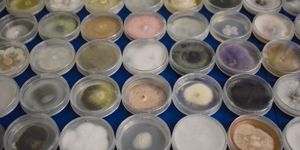RIP Indica/Sativa Cannabis Distinction - Trick, Treat, or Terpene?
For years, Cannabis growers, breeders, and users have distinguished cultivars using vernacular Sativa/Indica labels. With a departure from formal taxonomic origins (C. sativa sativa L. and C. sativa indica Lam.), such labels are colloquially used to delineate a cultivar’s directly observable qualities – its aroma, morphology, and/or psychoactive properties.
But how is this vernacular distinction informative at a molecular level? And what is the regulatory factor driving the differences between Sativa/Indica cultivars at the genomic level?
According to a new study published in Nature Plants, the characteristic differences between Sativa- and Indica-labelled cultivars are most likely determined by concentration variations of a few critical terpenes. The study identified a number of these terpenes and genetically mapped their variation to single nucleotide polymorphisms (SNPs) at tandem arrays of terpene synthase genes.
In the study, the vernacular Sativa/Indica distinction is investigated to determine if such labels are indicative of genetic and chemical variations. Specifically, researchers sought to identify the compound most strongly associated with the Sativa and Indica labels.
The research team re-analyzed gas chromatography-mass spectrometry (GC-MS) data from a previous study that quantified 40 terpenes and cannabinoids from 297 drug-type Cannabis samples. Using whole-genome DNA from 137 of these samples, the more recent study generated 116,296 SNPs. In the re-analysis, this genomic data was paired with the GC-MS data to determine their degree of correspondence with Sativa/Indica labels using principal component analysis (PCA) and percent variance calculations.
Sample clustering patterns and statistical analyses ultimately revealed that general genetic and chemical profile trends are unable to account entirely for the Sativa/Indica distinction. There were, however, 30% of the 40 terpenes and cannabinoids examined that were found to be significantly correlated with the Sativa/Indica labels. Sativa content was found to be positively correlated with concentrations of bergamotene and farnesene. Indica, on the other hand, was found to be positively correlated with myrcene concentration. It was also positively correlated with the concentrations of three sesquiterpenes – guaiol, γ-eudesmol, and β-eudesmol.
Researchers delved further by conducting genome-wide association studies (GWAS) of the 40 terpenes and cannabinoids to identify the specific loci variations associated with Sativa/Indica labels. GWAS hits at three SNPs within terpene synthase tandem gene arrays were identified as associated with the four terpenes – myrcene, guaiol, γ-eudesmol, and β-eudesmol – that had the strongest associations with the Sativa/Indica scale.
From these results, the research team proposed that Sativa/Indica labeling is likely to be directed by varying concentrations of a small number of crucial terpenes, which impart the characteristic aromas most often associated with the Sativa/Indica labels. Furthermore, they suggest that genetic variation in tandem clusters of terpene synthase genes drives these terpene concentration variations and thus ultimately drives the Sativa/Indica distinction.
The researchers concluded that the current Sativa/Indica Cannabis distinction does not provide an accurate reflection of overall genomic and/or metabolomic variation, but instead is more likely reflective of the genetic variation of terpene synthases as they affect key terpene concentrations. As with any association experiments, further functional studies will need to be performed to validate these findings.
Sources: Nature Plants; Cannabis and Cannabinoid Research; John M. McPartland’s Chapter 2 of Cannabis sativa L. - Botany and Biotechnology









